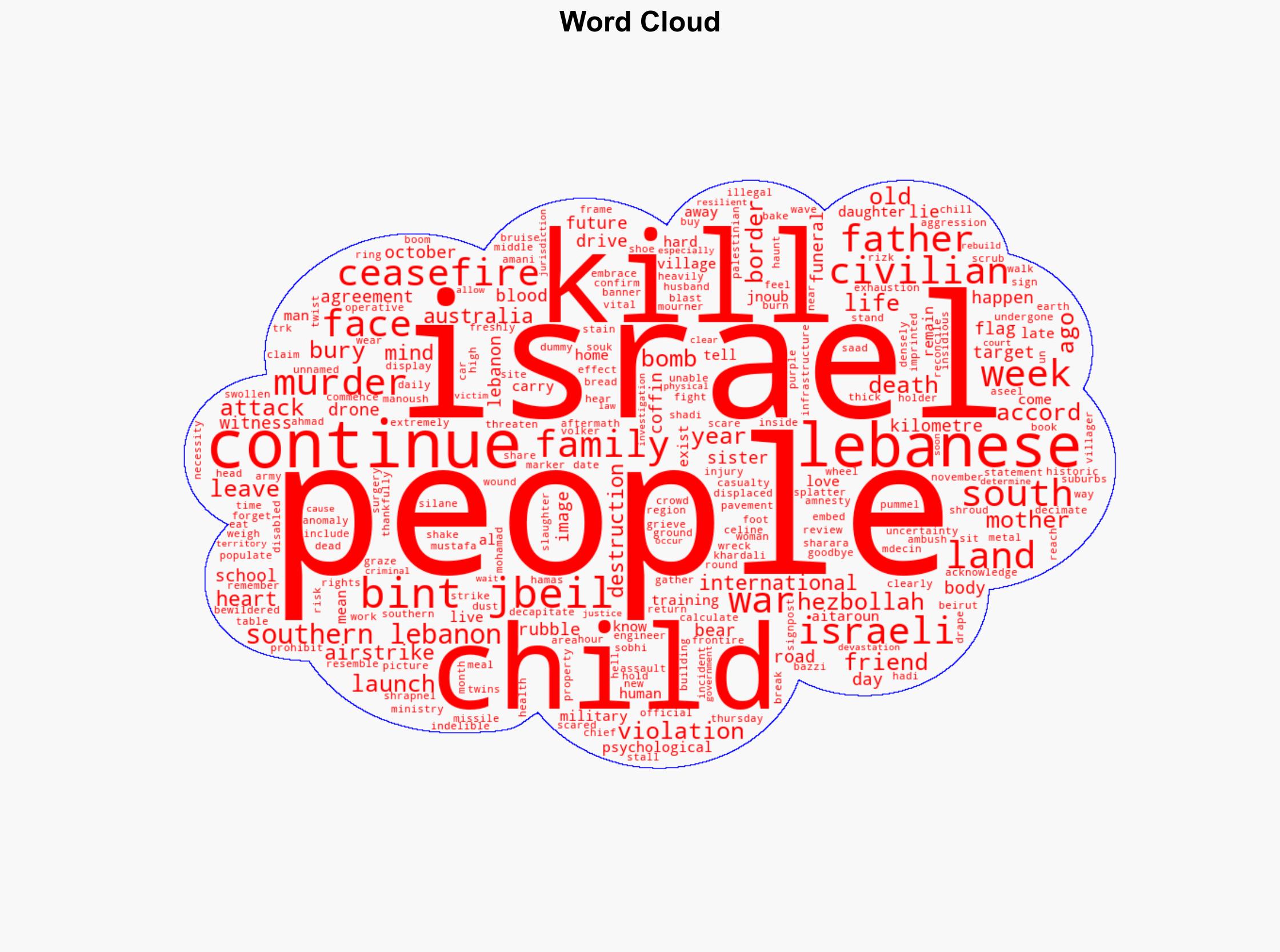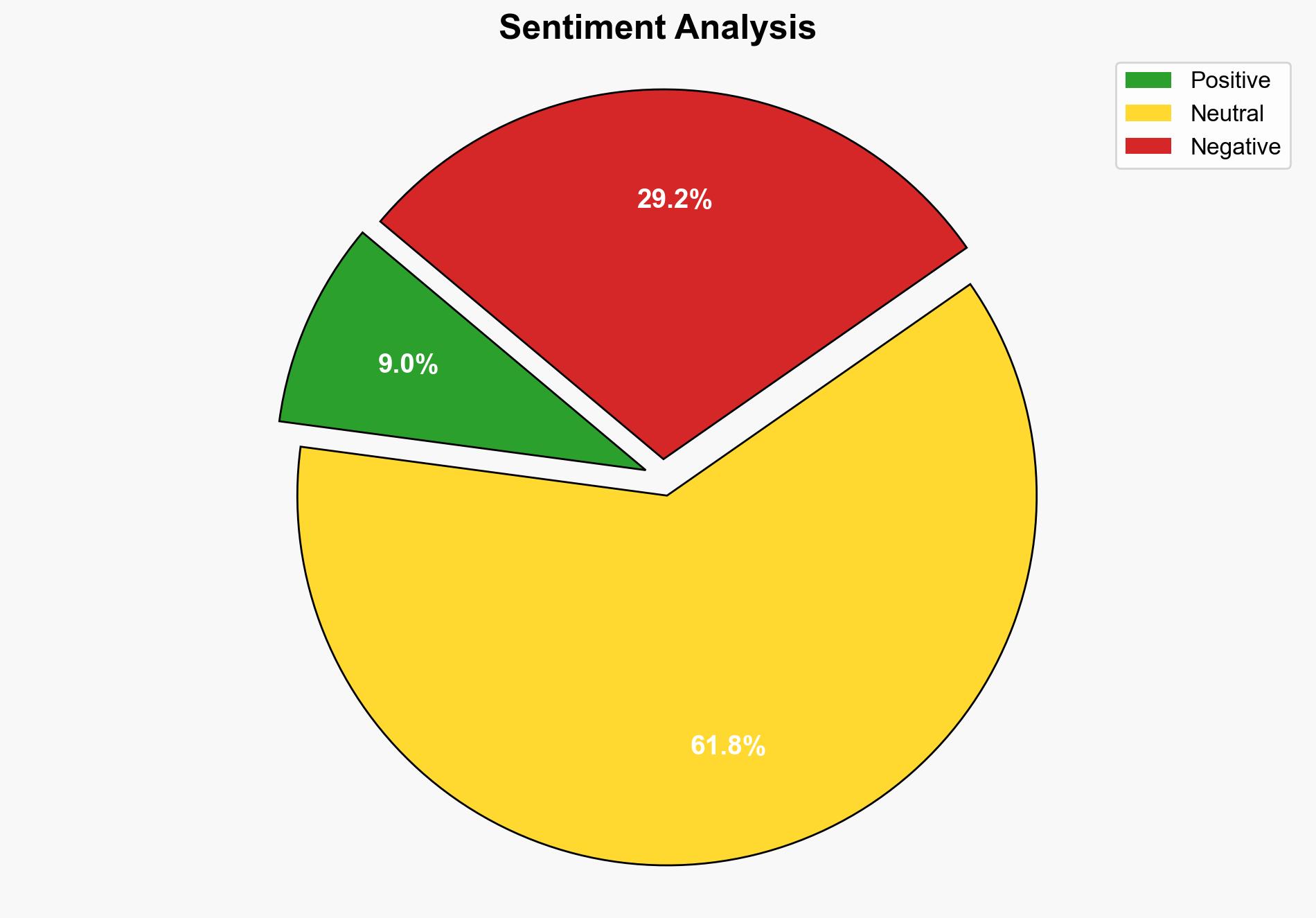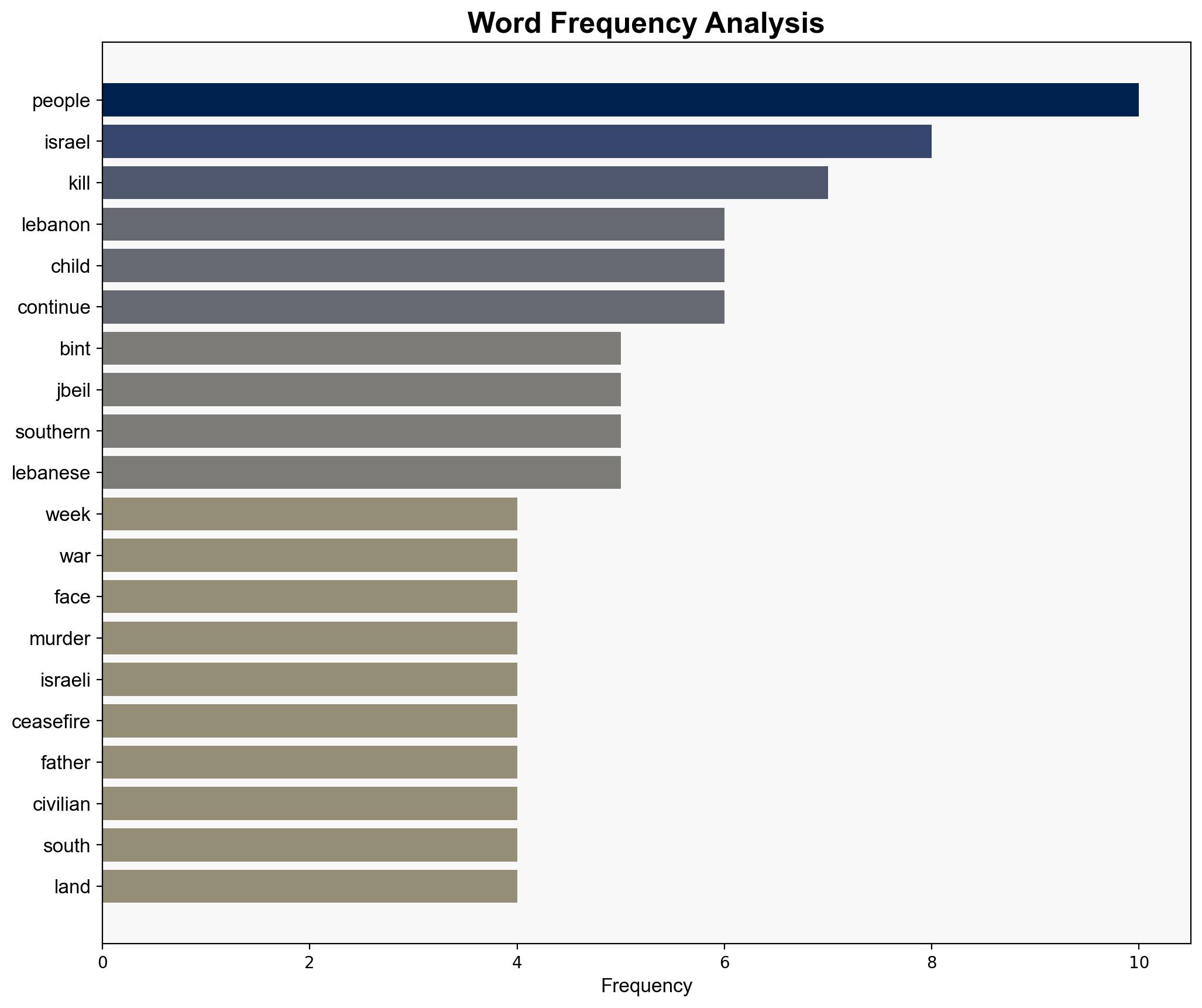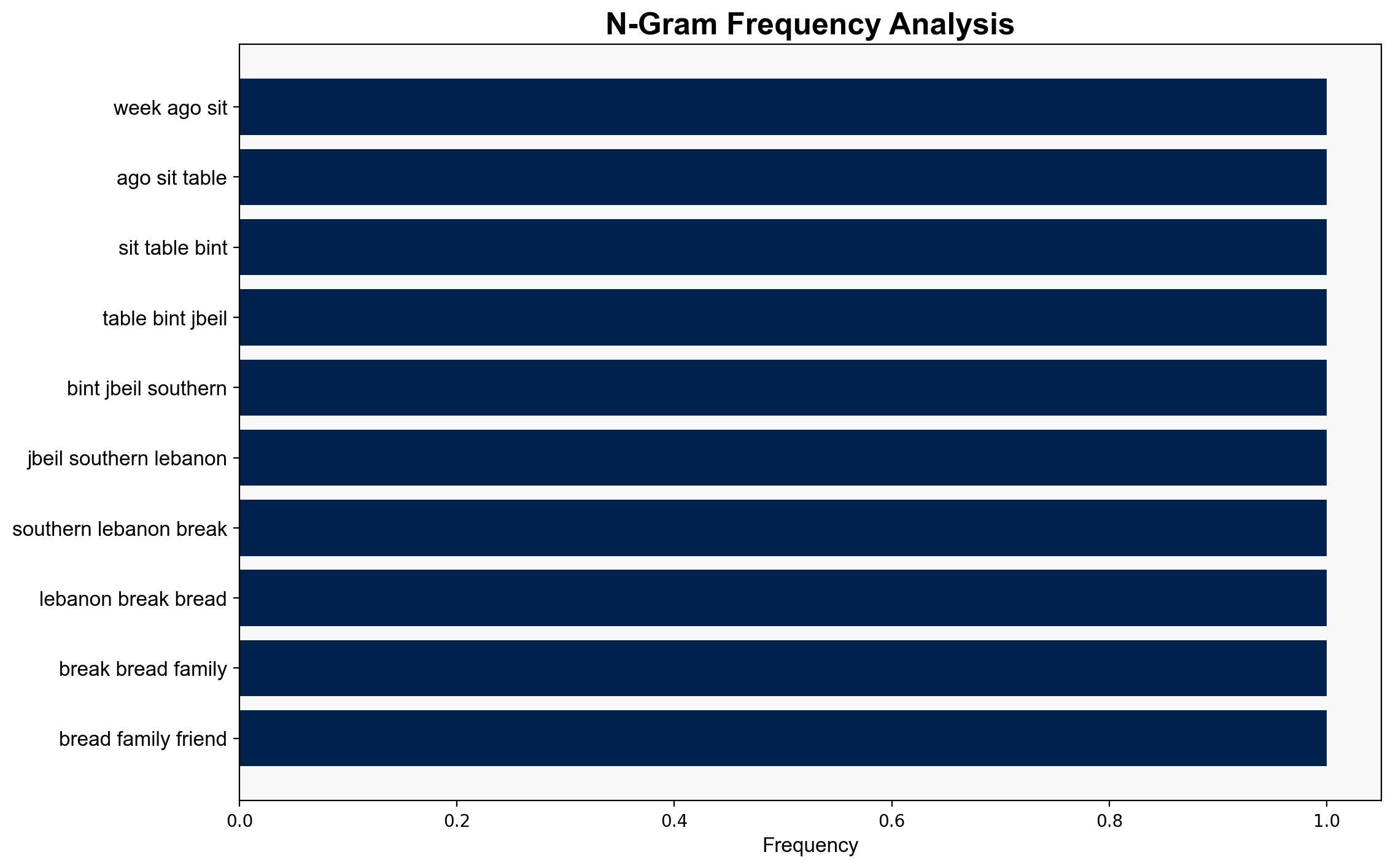In forgotten Lebanon children are still being killed by Israel – Crikey
Published on: 2025-10-06
Intelligence Report: In forgotten Lebanon children are still being killed by Israel – Crikey
1. BLUF (Bottom Line Up Front)
The most supported hypothesis suggests that the ongoing violence in southern Lebanon is a result of strategic military operations by Israel targeting Hezbollah operatives, despite the high risk of civilian casualties. Confidence in this hypothesis is moderate due to the complexity of the conflict and the potential for misinformation. Recommended action includes diplomatic engagement to reinforce ceasefire agreements and humanitarian efforts to support affected civilians.
2. Competing Hypotheses
1. **Hypothesis 1**: Israel’s military actions in southern Lebanon are primarily targeted at Hezbollah operatives, with civilian casualties being an unintended consequence due to the operatives’ presence in densely populated areas.
2. **Hypothesis 2**: The attacks are part of a broader strategy by Israel to destabilize the region and exert pressure on Lebanon, with civilian casualties being used as leverage against Hezbollah and its supporters.
Using the Analysis of Competing Hypotheses (ACH) 2.0, Hypothesis 1 is better supported by the evidence of Israeli officials acknowledging the targeting of Hezbollah operatives and the historical context of military engagements in the region.
3. Key Assumptions and Red Flags
– **Assumptions**:
– Israel’s military strategy prioritizes the elimination of Hezbollah threats over minimizing civilian casualties.
– Hezbollah operatives are embedded within civilian areas, increasing the risk of collateral damage.
– **Red Flags**:
– Potential bias in reporting, as the source may have a particular narrative focus.
– Lack of independent verification of casualty figures and the specific targets of Israeli strikes.
4. Implications and Strategic Risks
The continuation of hostilities poses significant risks of regional destabilization, potential escalation into broader conflict, and humanitarian crises. The psychological impact on civilians and the destruction of infrastructure could hinder long-term recovery and foster anti-Israel sentiment, potentially fueling further cycles of violence.
5. Recommendations and Outlook
- Engage in diplomatic efforts to reinforce and monitor ceasefire agreements, ensuring compliance by all parties.
- Increase humanitarian aid to affected areas to alleviate civilian suffering and support reconstruction efforts.
- Scenario Projections:
– **Best Case**: Successful diplomatic intervention leads to a sustained ceasefire and reduction in hostilities.
– **Worst Case**: Escalation into a wider conflict involving regional actors, exacerbating humanitarian crises.
– **Most Likely**: Continued sporadic violence with intermittent ceasefire violations and ongoing humanitarian challenges.
6. Key Individuals and Entities
– Shadi Sobhi Sharara (deceased)
– Amani Bazzi (injured)
– Ahmad Saad Mustafa Rizk (deceased)
– Volker Türk (UN Human Rights Chief)
7. Thematic Tags
national security threats, regional conflict, humanitarian crisis, ceasefire violations





